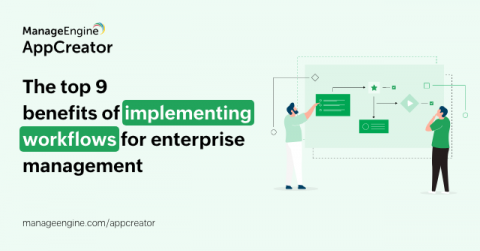The Best IT Asset Management Software in 2023
Did you know that nearly 80% of employees across industries spend thirty minutes daily trying to retrieve information about their assets? Whether you're a small business owner, a financial expert, or an industry tycoon, keeping track of your assets is super crucial for the success of any organization in today's fast-paced business world. This is where the need for the best IT asset management software comes into the picture.










